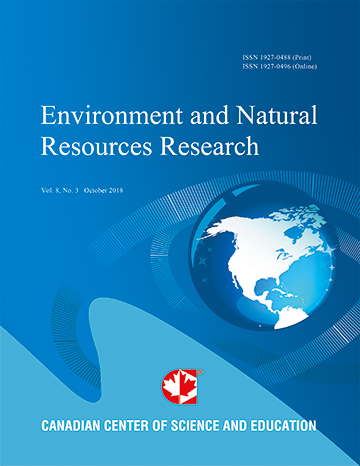Cytotoxicity and Genotoxicity of Imidacloprid, Spinosad and Bifenthrin - Myclobutanil Combination to Allium cepa Root Tip Meristematic Cells
- Asita Okorie Asita
- Relebohile Rebecca Mohale
- Sibusisiwe Magama
Abstract
Pesticides use boosts agricultural yield by reducing crop losses. However, some pesticides are mutagens and while technical grade active ingredients may produce mixed results in cytotoxicity and mutagenicity tests in in vitro and in vivo assays, synergistic interaction of pesticides, their metabolites or impurities in pesticide formulations often produce cytotoxic and genotoxic effects. This study assessed three concentrations (mg mL-1) (0.04, 0.08 and 0.16) each of Aphicide Plus® (AP) (imidacloprid at 20g L-1); Eco Fruit-fly Bait GF120® (EF) (spinosad at 0.24 g L-1) and Rosecare 3® (RC3) (combination of bifenthrin at 2.0 g L-1 and myclobutanil at 7.5 g L-1) for their effect on the (P+M)/ (A+T) Ratio, cytotoxicity and genotoxicity using the Allium cepa assay. A. cepa seedlings were treated for 24 hours, root tip squashes were prepared and the slides were examined under the microscope. For each pesticide treatment and the negative control, 6000 cells were examined and the cells were classified into interphase, normal (N) or aberrant (ABN) mitotic division stage. The cytotoxicity and genotoxicity induced by each pesticide concentration was compared with the value for the negative control using t-test. The 0.08 mg mL-1 of AP, 0.04 mg mL-1 of EF, and 0.08 and 0.16 mg mL-1 of RC3 induced significant change in the (P+M)/(A+T) ratio, (p > 0.05). All three concentrations of each pesticide significantly depressed the mitotic index (MI) and were adjudged cytotoxic (P < 0.05). Genotoxicity (GT) was expressed as the number of aberrant mitotic cells (AMC) per 100 mitotic cells scored. The three concentrations of each pesticide induced genotoxicity (P < 0.05). Pesticides use boosts agricultural yield by reducing crop losses. However, some pesticides are mutagens and while technical grade active ingredients may produce mixed results in cytotoxicity and mutagenicity tests in in vitro and in vivo assays, synergistic interaction of pesticides, their metabolites or impurities in pesticide formulations often produce cytotoxic and genotoxic effects. This study assessed three concentrations (mg mL-1) (0.04, 0.08 and 0.16) each of Aphicide Plus® (AP) (imidacloprid at 20g L-1); Eco Fruit-fly Bait GF120® (EF) (spinosad at 0.24 g L-1) and Rosecare 3® (RC3) (combination of bifenthrin at 2.0 g L-1 and myclobutanil at 7.5 g L-1) for their effect on the (P+M)/ (A+T) Ratio, cytotoxicity and genotoxicity using the Allium cepa assay. A. cepa seedlings were treated for 24 hours, root tip squashes were prepared and the slides were examined under the microscope. For each pesticide treatment and the negative control, 6000 cells were examined and the cells were classified into interphase, normal (N) or aberrant (ABN) mitotic division stage. The cytotoxicity and genotoxicity induced by each pesticide concentration was compared with the value for the negative control using t-test. The 0.08 mg mL-1 of AP, 0.04 mg mL-1 of EF, and 0.08 and 0.16 mg mL-1 of RC3 induced significant change in the (P+M)/(A+T) ratio, (p > 0.05). All three concentrations of each pesticide significantly depressed the mitotic index (MI) and were adjudged cytotoxic (P < 0.05). Genotoxicity (GT) was expressed as the number of aberrant mitotic cells (AMC) per 100 mitotic cells scored. The three concentrations of each pesticide induced genotoxicity (P < 0.05).- Full Text:
 PDF
PDF
- DOI:10.5539/enrr.v12n1p1
Journal Metrics
Google-based Impact Factor (2016): 6.22
h-index (November 2017): 12
i10-index (November 2017): 19
h5-index (November 2017): 11
h5-median (November 2017): 12
Index
Contact
- Emily LinEditorial Assistant
- enrr@ccsenet.org
